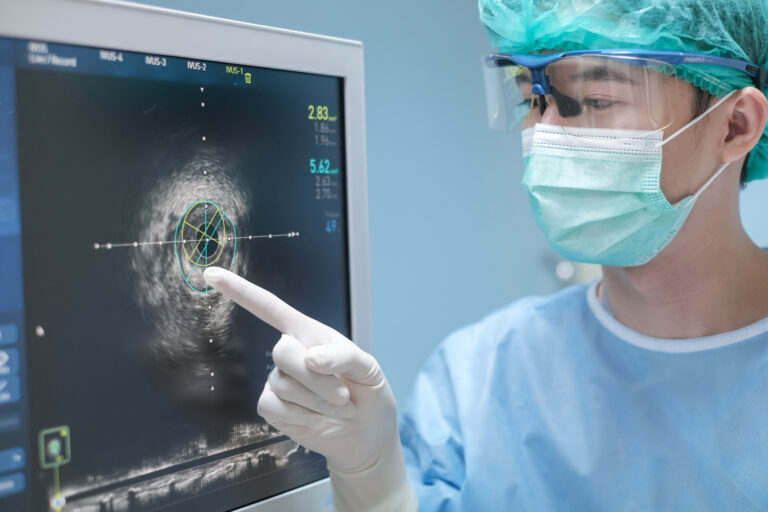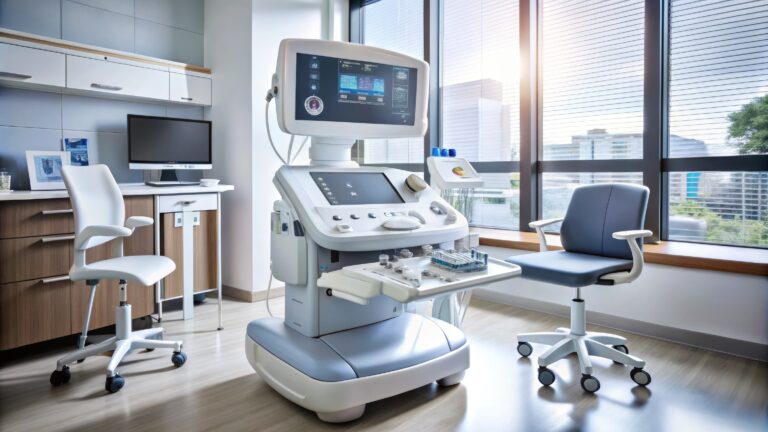4D Ultrasound
The advent of 4D ultrasound technology marked a significant leap in medical imaging. It offers a dynamic and vivid glimpse into the human body, particularly during pregnancy. Unlike traditional 2D and 3D ultrasounds, which provide flat or still images, 4D ultrasound captures moving video images, allowing doctors and expectant parents to see real-time activity and expressions of the foetus inside the womb. This technological advancement enhances the prenatal bonding experience and plays a crucial role in the early diagnosis and management of developmental anomalies.
4D ultrasound operates on the same basic principles as earlier ultrasound technologies, where sound waves are used to create images of the body’s internal structures. However, 4D ultrasound adds the dimension of time to the imaging process, resulting in a continuous stream of images that depict motion. This means that movements such as a baby yawning, smiling, or sucking its thumb can be observed in detail, providing a mesmerising experience for parents.
From a medical perspective, the benefits of 4D ultrasound are profound. The ability to view the foetus in real-time allows healthcare professionals to assess the anatomical structure, behavioural patterns, and motor skills, which can be crucial indicators of development. Conditions like cleft lip, spinal cord issues, and limb deformities can be more readily identified, facilitating timely intervention strategies.
Moreover, 4D ultrasound has enhanced prenatal care by improving our understanding of foetal behaviour and development. Observing how foetuses move and respond within the womb helps in assessing their health and wellbeing. For instance, decreased movement could indicate potential complications, prompting further investigation and immediate care. Such capabilities underscore the importance of 4D ultrasound in foetal monitoring and have made it an integral part of modern obstetrics.
However, despite its clear benefits, the use of 4D ultrasound should be reasonable. The British Medical Ultrasound Society, among other bodies, advises against the non-medical use of ultrasound for ‘souvenir scans’, primarily due to concerns about unnecessary exposure to ultrasound waves. While there are no conclusive studies indicating harm from these scans, medical professionals advocate for caution and recommend that any use of ultrasound during pregnancy should be clinically justified.
In conclusion, the evolution of 4D ultrasound technology represents a remarkable blend of scientific innovation and practical utility in prenatal and medical care. It has enhanced our ability to observe and diagnose fetal conditions at early stages and enriched the experience of pregnancy with its vivid, real-time glimpses into the womb. As we continue to harness and refine this technology, it is imperative that its use remains guided by both the marvels it can achieve and the ethics that must govern its application.
You are here:
home » 4D Ultrasound



